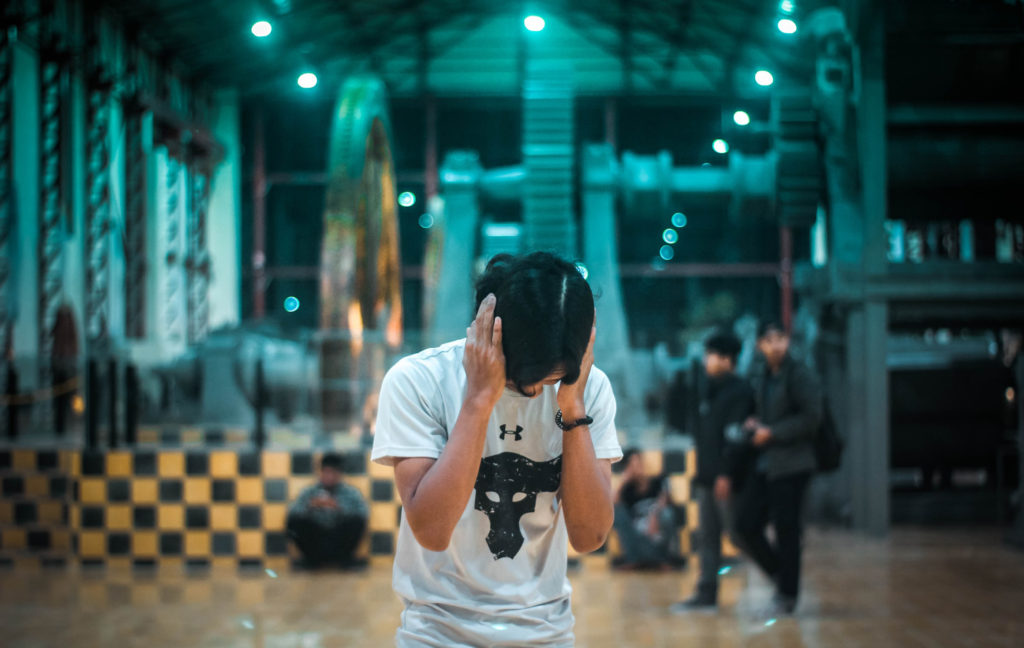
“Visual noise” is a phenomenon most people experience, but a term rarely used. We feel it every day but have never uttered the phrase.
However, for the sake of your home, your work, your kids, and your sanity, allow me a moment to explain it.
Visual noise is “any random visual stimulus.”
Just like your ear sends electrical signals to your brain when sound is present, your eyes constantly send electrical signals to your brain when visual stimuli is present. The more physical clutter that surrounds us, the more visual noise we experience.
Of course, because we are surrounded by sights and sounds continuously (if our senses are working properly), our brain learns to quickly process and interpret these stimuli.
However, an overdose of stimuli can still overwhelm us.
Just imagine how your brain responds to a crowded street corner, a rock concert, or a packed ballgame. In those immediate surroundings, our brains learn to adapt to the increased stimuli. But when we leave the stadium and walk to our car in quiet, we begin to realize fully just how loud it had actually been inside.
We feel the weight of how that level of noise had impacted our senses.
We can even feel the impact of too much stimuli in smaller scenarios such as turning off the radio while driving to focus on the directions or muting the television for an important conversation.
Well, it turns out, visual noise (visual clutter) has the same negative effect on our brains.
It’s one of the reasons why you can close your eyes and feel the difference on your shoulders when you imagine sitting in a cluttered room compared to sitting in a tidy room. Just like our brain doesn’t always reveal to us the full weight of noise until it is removed, our brains don’t always reveal to us the high level of visual clutter until we remove ourselves from the physical space.
But every physical item surrounding us adds to the volume of visual noise in our environment.
This understanding is vitally important to us. Especially as we spend more and more time at home these days. Or as our home becomes the place our children learn and/or we conduct our work.
The negative effect of too much visual noise is well documented:
Visual noise hinders our ability to concentrate.
Visual noise contributes to fatigue.
Visual noise slows our ability to learn.
Visual noise makes it harder to communicate.
And it may even cause migraines to be worse.
Based on these findings, creating a calm, peaceful, visually quiet environment is one of the most important efforts we can embark upon in our home.
It is to your benefit—especially if you are working from home.
It is to your partner’s benefit.
And it is to your child’s benefit—especially if they are learning from home and the need to concentrate is greater than ever.
The only way to lessen visual noise in your home is to own fewer possessions. Here’s how to get started.
Remove possessions, reduce visual noise, and focus your senses on the things that matter most.
from Becoming Minimalist https://ift.tt/3hXyPTa
Aucun commentaire:
Enregistrer un commentaire